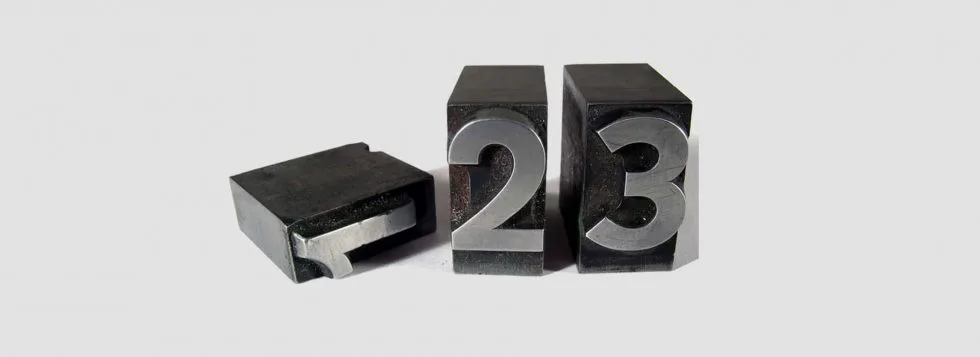MQTT QoS level – What to use & When
by Ponlakshmi

What is Quality of Service (QoS)?
MQTT protocol for IoT defines three Quality of Service (QoS) levels for message delivery. The MQTT Quality of Service level is used when a client sends a subscribe request to a particular topic. When a client subscribes to multiple topics, it can use different MQTT QoS level for different topics based on the need.
By considering the message delivery, when the client publish messages to the broker, it starts sending a message with QoS levels. The MQTT broker, a publish subscribe model will pass on the messages to subscribing client with the QoS level for which the subscribing client designates.
The amount of data we are going to receive is going to be very large. It is very important we reduce the noise and just give more importance to the signals.
What does each QoS level means ?
- QoS 0 — At most once and no guarantee of delivery
- QoS 1 — Delivered at least once. It has the possibility of getting the messages multiple times.
- QoS 2 — Delivered Exactly once.
QoS 0 – At Most Once
The entry-level or first level is QoS level 0. Also called 'Fire and Forget'. This level ensures that the message is sent to the recipient only once or never. There won’t be any guarantee of message delivery that is the receiver may or may not receive the message. Broker won’t provide any acknowledgement for which it delivers the message.
QoS 1 – At Least Once
The next level in QoS is 1. This level ensures message must be sent to the recipient atlease once. There is a possibility of the message delivered multiple times to the receiver until the acknowledgement is sent by the broker to the receiver. The message will be stored by the publisher and it waits for receiver to send PUBACK packet. The packet identifier is used by the publisher to pair the PUBLISH packet to the suitable PUBACK packet. Within a certain time, if the publisher doesn’t receive PUBACK packet, then it resends the PUBACK packet.
QoS 2 – Exactly Once
The third level and the final level of QoS is 2 which is the referred as the highest level of service. This level ensures that the recipient receives each message only once. This is the safest quality of service level as atleast two response flows between publisher and receiver provides message guarantee. The delivery of message will be organized by the sender and the receiver using packet identifier of native PUBLISH message. The publisher sends the QoS 2 PUBLISH packet to the receiver. Then the recipient processes the publish messages suitably and acknowledges PUBLISH packet by sending the PUBREC packet to the publisher. If the receiver fails to send an acknowledgement, then the publisher will continue sending the PUBACK packet. The packet identifier is used by the publisher to pair the PUBLISH packet to the suitable PUBACK packet. Within a certain time, if the publisher doesn’t receive PUBLISH packet with the duplicate flag (dup flag) till it receives PUBREC packet.
Once the publisher receives PUBREC packet it stores it and replies with the PUBACK packet. The packet identifier is used by the publisher to pair the PUBLISH packet to the suitable PUBACK packet. Within a certain time, if the publisher doesn’t receive PUBREL packet. Now the recipient will respond with PUBCOMP packet after processing the messages. To stop recipient from processing the messages again and again, the reference to packet identifier of initial PUBACK packet. The packet identifier is used by the publisher to pair the PUBLISH packet to the suitable PUBACK packet. Within a certain time, if the publisher doesn’t receive PUBLISH message will be stored by receiver.
The sender will have the confirmation for delivery once the entire QoS 2 flow gets completed.
Take an example of a Fuel level sensor in an manufacturing or an automobile.
The sensors sends data to an indicator which can show the current level of the fuel. The indicator showing the current level just need the live data. It does not need any of the past data and even if it misses to receive a few instances, it does not matter. You can use the QoS 0 (At most Once ) for the Fuel level Indicator.
It can also send data to a cut off valve during filling and fuel low warning when the level recedes the lower optimum level. The fuel cut off or the lower level optimal should not miss the data at any cost. We should use the QoS with the perfect delivery for the warning lights to glow. This mandates the usage of QoS 2 (Exactly Once). Even though the past data is not required in this cases, the exact delivery is a must.
If you build a system that records all the data for future analysis. For example, if we want to study the fuel levels with respect to time, we need all the data to be available for the big data analyser engine. For logging of data and storage, either you should build a engine alongside the broker or you can connect an agent with a QoS 2 (Only Once) and record all the data remotely.
The difference in QoS between clients
The quality of service attributing the messages published is between two clients connected to the server or the broker, not an end to end. Thus, the QoS level of the messages received by the client (subscriber) is determined as per the QoS level of messages published and the QoS level of subscribed topics. In short, the final QoS of received messages depends on the QoS of publishing & subscribing clients.
When connected to the broker, the subscribing client will instruct the broker with QoS attributed message to publish messages with a QoS attribute it needed.
The following table provides the schema which the client uses in different scenarios.
| QoS of Messages Published | QoS of Messages Subscribed | Final QoS of Messages Received |
|---|---|---|
| 2 | 0 | 0 |
| 2 | 1 | 1 |
| 2 | 2 | 2 |
| 1 | 0 | 0 |
| 1 | 1 | 1 |
| 1 | 2 | 1 |
| 0 | 0 | 0 |
| 0 | 1 | 0 |
| 0 | 2 | 0 |
Thus, the Qos of received messages is similar to the QoS of published & subscribed messages.
Don’t Ignore everything as Noise
The determination of whether the data is a signal or the noise help decide the QoS level to be used. When we do data publishing and collection in mission critical industry like Healthcare, Nuclear, Defence, etc., every data is important and it mandates the use of QoS 2 for every message. QoS 1 can be used instead of QoS 2, if your client can handle duplicate message.
A more detailed document on developing MQTT clients will help you create your own mqtt clients to connect with any MQTT broker.
Leave a comment or write to [email protected] for any questions or suggestions.
To Learn more about the protocol,
